K.C.S.E Physics Q & A - MODEL 2012PP2QN04
Figure 4, shows a negative point charge placed near a positively charged rod.
Draw on the diagram, the resulting electric field pattern.
0 Comments
K.C.S.E Physics Q & A - MODEL 2011PP2QN02
Figure 2, shows two identical pithballs A and B suspended with insulated threads. They are
separated by an insulator X. A is positively charged while B is negatively charged. The quantity of charge on A is three times the quantity of charge on B.
Sketch on the space besides the figure, the final position of the pithballs after the insulation removed.
K.C.S.E Physics Q & A - MODEL 2010PP2QN04
A positively charged sphere is suspended by an insulating thread. A negatively charged conductor is suspended near it. The conductor is first attracted, after touching the sphere it is repelled. Explain this observation.
answer
K.C.S.E Physics Q & A - MODEL 2009PP2QN03
A conductor is slowly bought near the cap of a positively charged electroscope. The leaf first collapses and then diverges. State the charge on the conductor.
answer
K.C.S.E Physics Q & A - MODEL 2006PP2QN03
A metallic body shaped as shown in figure 2 is positively charged and insulted from the ground as shown in the figure.
On the figure show the charge distribution
K.C.S.E Physics Q & A - MODEL 2005PP1QN38
Fig 18 shows two spherical materials one an insulation conductor, the other a conductor, Negative charge are introduced at point A in each case.
One the same figure indicate the final position of the charges. Explain your answer.
K.C.S.E Physics Q & A - MODEL 2005PP1QN08
Sketch the electrostatic field pattern due to the arrangement of the charges shown in Fig 6
K.C.S.E Physics Q & A - MODEL 2003PP1QN09
Figure 7 shows a highly negatively charged rod being brought slowly near the cap of a positively charged leaf electroscope. It is observed that the leaf initially falls and then rises.
Explain this observation
answer
K.C.S.E Physics Q & A - MODEL 2002PP2QN07
a) Fig. 8 shows ultra violet light striking a polished zinc plate placed on a negatively charged gold – leaf electroscope.
Explain the following observations
i) The leaf of the electroscope falls. ii) When the same experiment was repeated with a positively charged electroscope the leaf did not fall. bi) State two factors which determine the speed of photoelectrons emitted by a metal surface ii) In an experiment using a photocell, u, v. light of varying frequency but constant intensity was made to strike a metal surface. The maximum kinetic energy (K.E max)of photoelectrons for each frequency, was measured. The graph shows how KE max varies with f K.C.S.E Physics Q & A - MODEL 2001PP1QN09
Fig. 7 shows “windmill” which when connected to the dome of a positively charged Van de Graff generator is observed to rotate as indicated. A, B, C and D are sharp points
Explain how this rotation is caused.
ANSWER
K.C.S.E Physics Q & A - MODEL 2000PP1QN30
In fig. 18 ultra – violet (u,v) light falls on a zinc plate placed on a charged leaf electroscope. It is observed that the leaf collapses.
ANSWER
K.C.S.E Physics Q & A - MODEL 2000PP1QN04
A positively charged rod is brought near the cap of a leaf electroscope. The cap is the earthed momentarily by touching with the finger. Finally the rod is withdrawn. The electroscope is found to be negatively charged. Explain how this charge is acquired.
ANSWER
K.C.S.E Physics Q & A - MODEL 1999PP1QN30
It is observed that when ultraviolet light is shone onto a clean zinc plate connected to the cap of negatively charged leaf electroscope, the leaf collapse. Explain this observation.
ANSWERS
K.C.S.E Physics Q & A - MODEL 1998PP1QN15
A highly negatively charged rod is gradually brought close to the cap of a positively charged electroscope. It is observed that the leaf collapses initially and then diverges. Explain the observation.
ANSWERS
K.C.S.E Physics Q & A - MODEL 1998PP1QN10
A car battery requires topping lip with distilled water occasionally. Explain why this is necessary and why distilled water is used.
ANSWERS
K.C.S.E Physics Q & A - MODEL 1997PP1QN11
Figure 5 shows two charged identical conduction spheres on insulting stands. Each cross represents a charge. The spheres are briefly brought into contact and then separated.
Sketch in the space provided the diagrams of the spheres showing charge distribution after separation
answers
K.C.S.E Physics Q & A - MODEL 1996PP1QN09
State the law of electrostatic charges
ANSWERS
|
CATEGORIES
Categories
All
Topics
FORM I - PHYSICS SYLLABUSFORM II - PHYSICS SYLLABUSTOPICS
FORM III - PHYSICS SYLLABUSFORM IV - PHYSICS SYLLABUSARCHIVES
RSS FEEDS
AUTHOR
M.A NyamotiMy passion is to see students pass using right methods and locally available resources. My emphasis is STEM courses
|
We Would Love to Have You Visit Soon! |
Hours24 HR Service
|
Telephone0728 450425
|
|
8-4-4 materialsLevels
Subjects
|
cbc materialsE.C.D.E
Lower Primary
Upper Primary
Lower Secondary
Upper Secondary
|
teacher support
Other Blogs
|
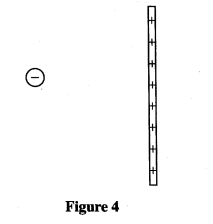
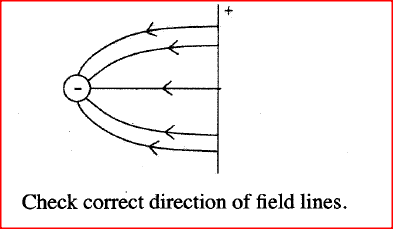
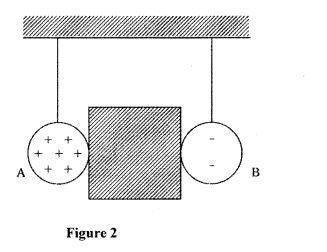
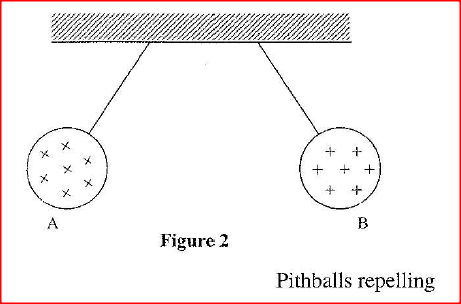

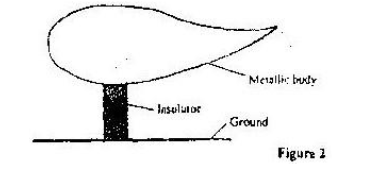
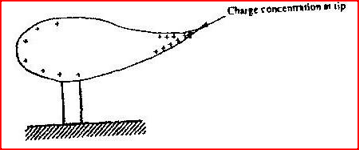

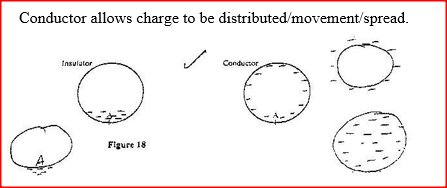

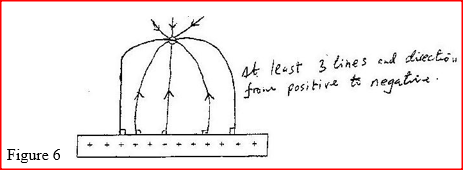
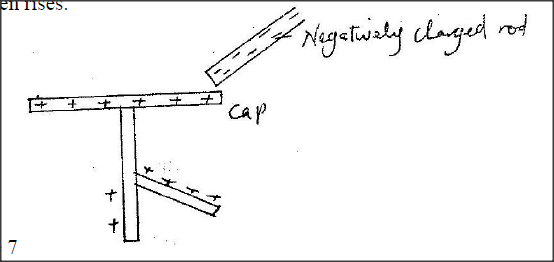
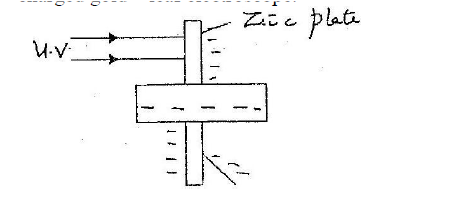

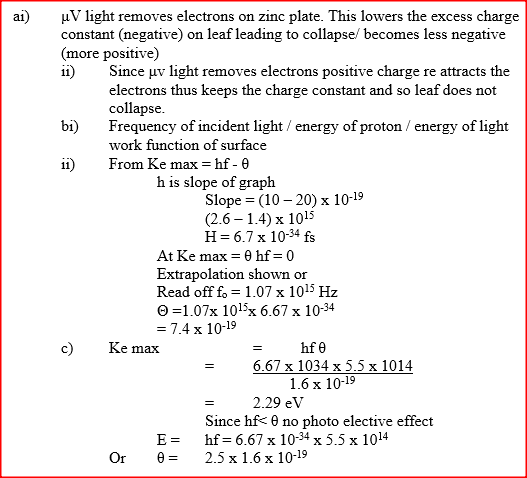
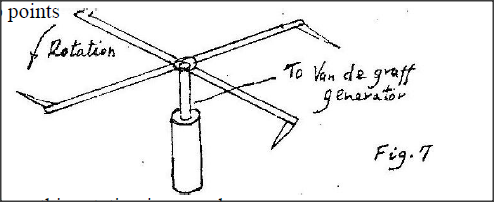
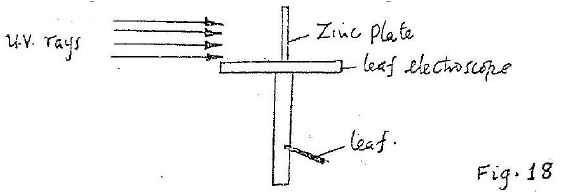
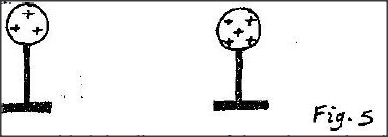
 RSS Feed
RSS Feed